Porsche 911 Targa 4S and Sport Classic
Earlier this year, Porsche celebrated its 75th anniversary, highlighting that the Porsche 356 No. 1 Roadster received its general operating licence on June 8, 1948. The truth be told, though, the German manufacturer has been honouring its heritage in more meaningful ways for a handful of years now.
Take, for example, the Porsche Heritage Design strategy, announced in 2019. This partnership between Porsche Exclusive Manufaktur and the Style Porsche design department sees the current 911 “reinterpreted” using design elements from Porsche vehicles of the past. The plan is to produce four limited-edition models, with each possessing unique engineering and design elements.
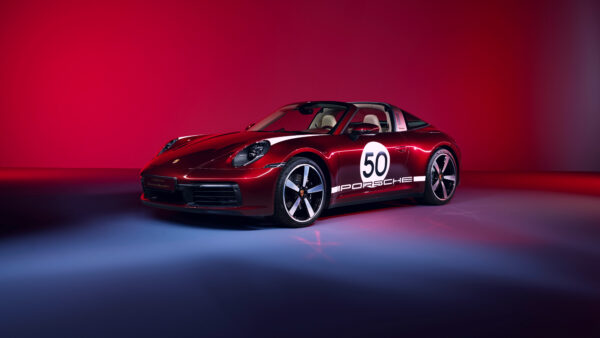
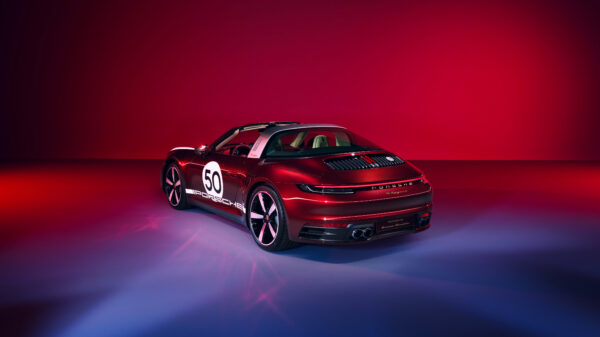
The first two cars to emerge from this initiave are the Porsche 911 Targa 4S Heritage Design Edition, released in 2020, and the Porsche 911 Sport Classic, cut loose just last year. On a recent trip to Porsche headquarters in Stuttgart, a select few had the chance to sample both models for the first time. Both were earmarked for a permanent place in the Porsche Museum, so there was just one day left to sample them before they were consigned to static display duty.
The Targa 4S Heritage Design Edition is the quicker of the two models. Powering this car is a twin-turbocharged 3.0-litre flat-six cylinder engine that develops 443 horsepower and 390 lb-ft of torque. With the benefit of all-wheel drive and a super-fast eight-speed dual-clutch automatic transmission, the car sprints to 100 kilometres an hour in just 3.6 seconds. Top speed rolls in 302 kilometres an hour, making this 911 a solid choice for Autobahn use.
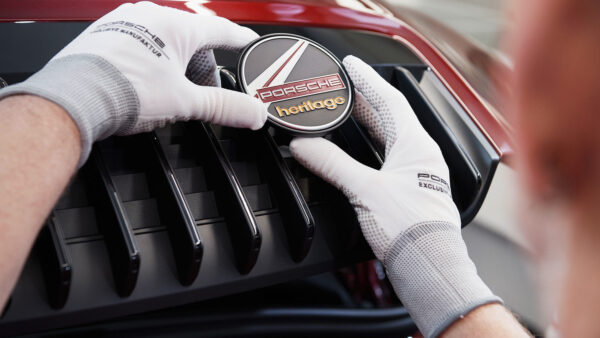
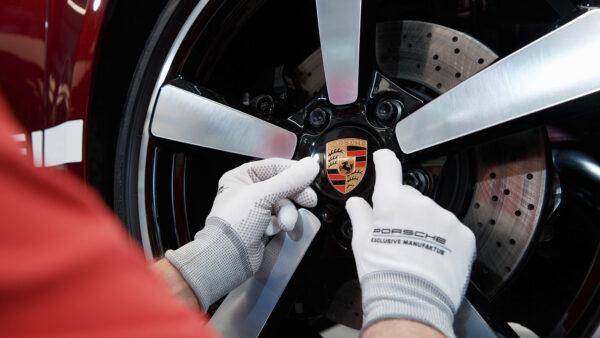
The Porsche 911 Sport Classic is billed as the most powerful manual transmission 911 in history. That’s because (a) the car features a 3.7-litre twin-turbocharged flat-six engine that cranks out 543 horsepower and 442 lb-ft of torque, and (b) it’s fitted with a seven-speed manual transmission. Despite the increased power and torque, the 911 Sport Classic “only” crests 100 kilometres an hour in 4.1 seconds because it’s a rear-wheel drive car with a manual transmission.
Still, driving the two cars back-to-back, the 911 Sport Classic was the more enjoyable. Compared to the Targa 4S Heritage Design Edition, the 911 Sport Classic felt fast and light—and not as easy to drive as other modern 911s. Putting all that power to the ground without sending the car spinning sideways requires finesse. It seemed a little dangerous, more so than the typical modern 911, which usually feels bolted to the ground even at high speeds.
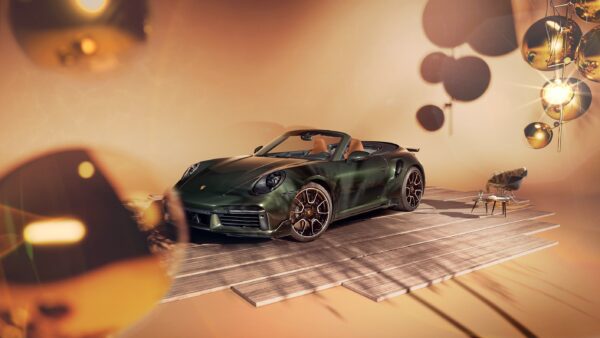
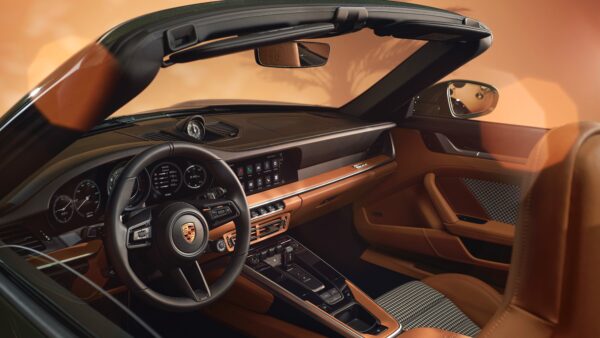
As noted above, the Heritage Design models will all feature special paint combinations, colours, materials, and design elements inspired by the past. Both these cars are prime examples of this strategy in action—and few of the design decisions could be considered safe.
The Targa 4S Heritage Design Edition tested bore a stunning Cherry Metallic paint job, gold badging, throwback wheels, and the Porsche crest design from way back in 1963. The design features on the 911 Sport Classic recall the original 911, built from 1964–73, while the fixed duckbill rear spoiler is a direct link to the iconic 911 Carrera RS 2.7 from 1972.

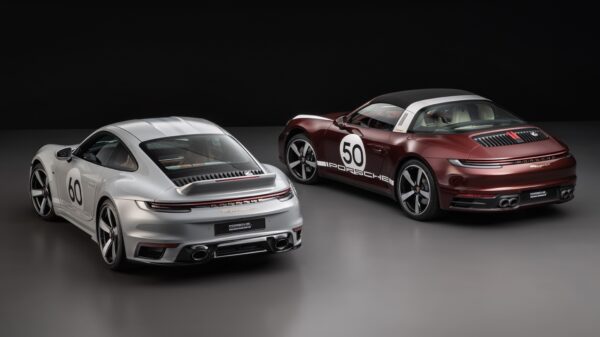
Both models have other cool features, such as the reliability badges on the rear deck and the racing numbers on the door panels. Inside the passenger cabins, both also display a real mashup of influences: retro-inspired touches like tartan cloth seats, corduroy door panel inserts, and throwback colours make their presence felt.
One thing’s for sure: these cars are so unique, their status as authentic collectors’ items is practically guaranteed. Trouble is, both the Porsche 911 Targa 4S Heritage Design Edition and the Porsche 911 Sport Classic are long gone. There were 992 of the Targa 4S built and 1,250 of the Sport Classic. So if your heart’s set on a new Porsche Heritage Design model, you need to figure out how to place your order for the next one.




